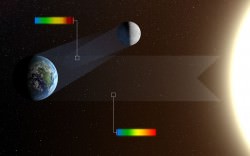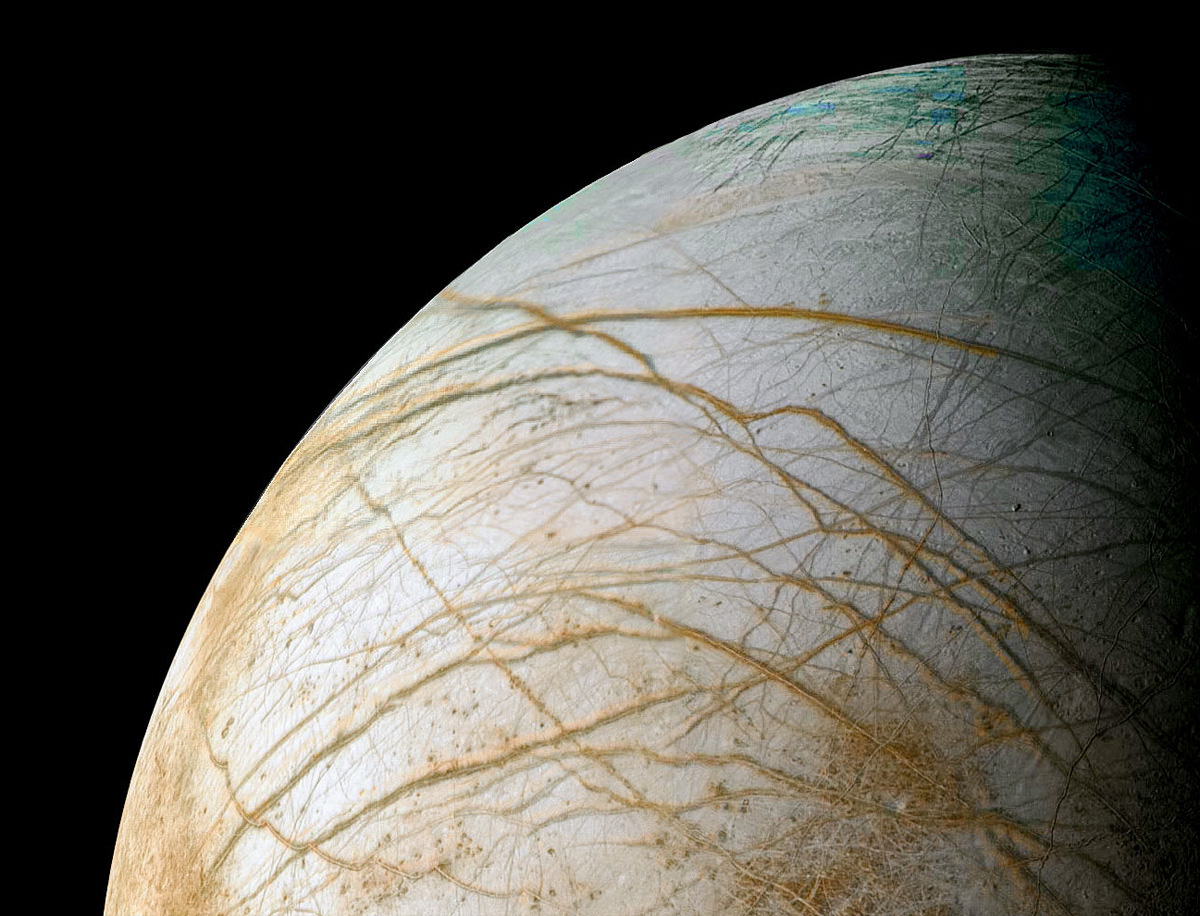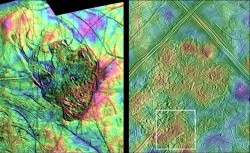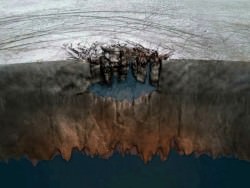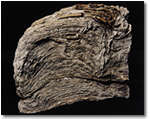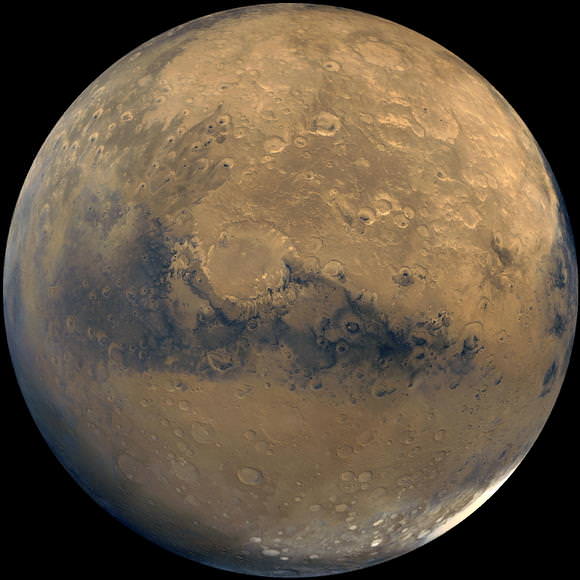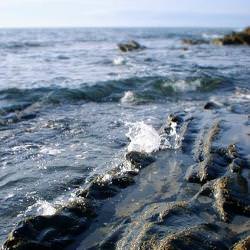[/caption]
Enceladus, Saturn’s 318-mile-wide moon that’s become famous for its ice-spraying southern jets, is on astronomers’ short list of places in our own solar system where extraterrestrial life could be hiding — and NASA’s Cassini spacecraft is in just the right place to try and sniff it out.
On March 27, Cassini came within 46 miles (74 km) of Enceladus’ south pole, the region where the moon’s many active water-ice jets originate from. This was Cassini’s closest pass yet over the southern pole, allowing the spacecraft to use its ion and neutral mass spectrometer — as well as its plasma spectrometer, recently returned to service — to taste the icy spray emanating from deep fissures called “tiger stripes” that scar Enceladus’ surface.
(Fly along with Cassini toward Enceladus’ jets here.)
“More than 90 jets of all sizes near Enceladus’s south pole are spraying water vapor, icy particles, and organic compounds all over the place,” said Carolyn Porco, planetary scientist and Cassini Imaging science team leader. “Cassini has flown several times now through this spray and has tasted it. And we have found that aside from water and organic material, there is salt in the icy particles. The salinity is the same as that of Earth’s oceans.”
In addition to water, salt and organics, there is also a surprising amount of heat — heat generated in part by tidal friction, helping keep Enceladus’ underground water reserves liquid.
“If you add up all the heat, 16 gigawatts of thermal energy are coming out of those cracks,” Porco said.
This creates, in effect, a so-called “Goldilocks zone” of potential habitability orbiting around Saturn… a zone that Cassini has easy access to.
“It’s erupting out into space where we can sample it. It sounds crazy but it could be snowing microbes on the surface of this little world,” Porco said. “In the end, it’s the most promising place I know of for an astrobiology search. We don’t even need to go scratching around on the surface. We can fly through the plume and sample it. Or we can land on the surface, look up and stick our tongues out. And voilà…we have what we came for.”
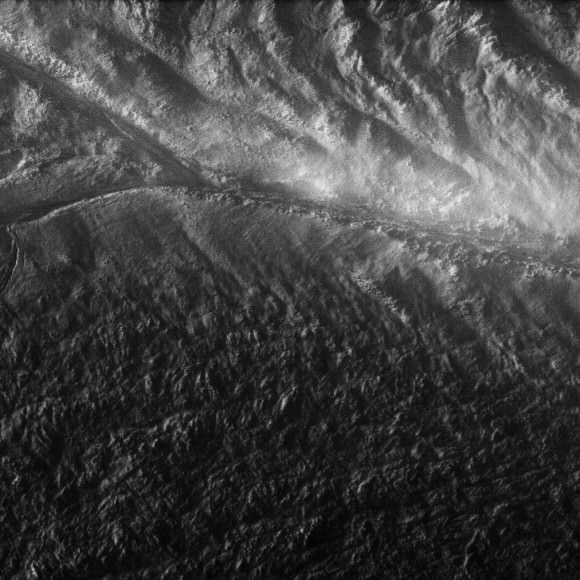
Cassini’s latest results — and images! — from the flyby should be landing on Earth any time now. Stay tuned to Universe Today for more updates on Cassini and Enceladus.
Read more on NASA Science News here.
Image credits: NASA/JPL/SSI.
UPDATE: For images from Cassini’s flyby, showing closeups of Enceladus as well as Dione and Janus, check out the CICLOPS team page here.



